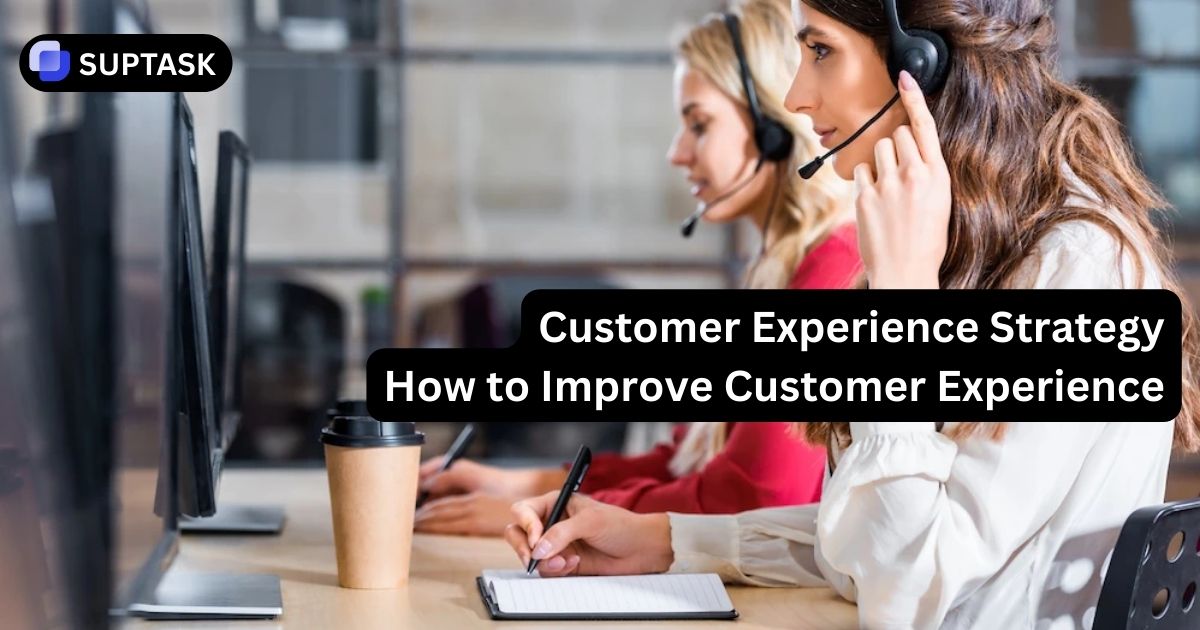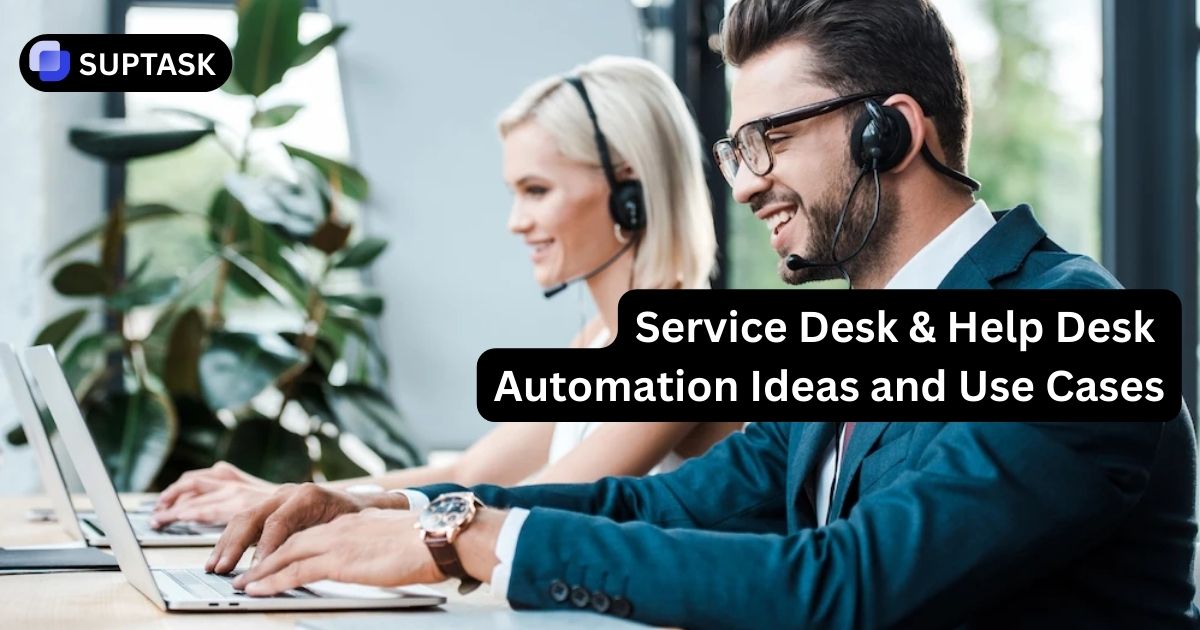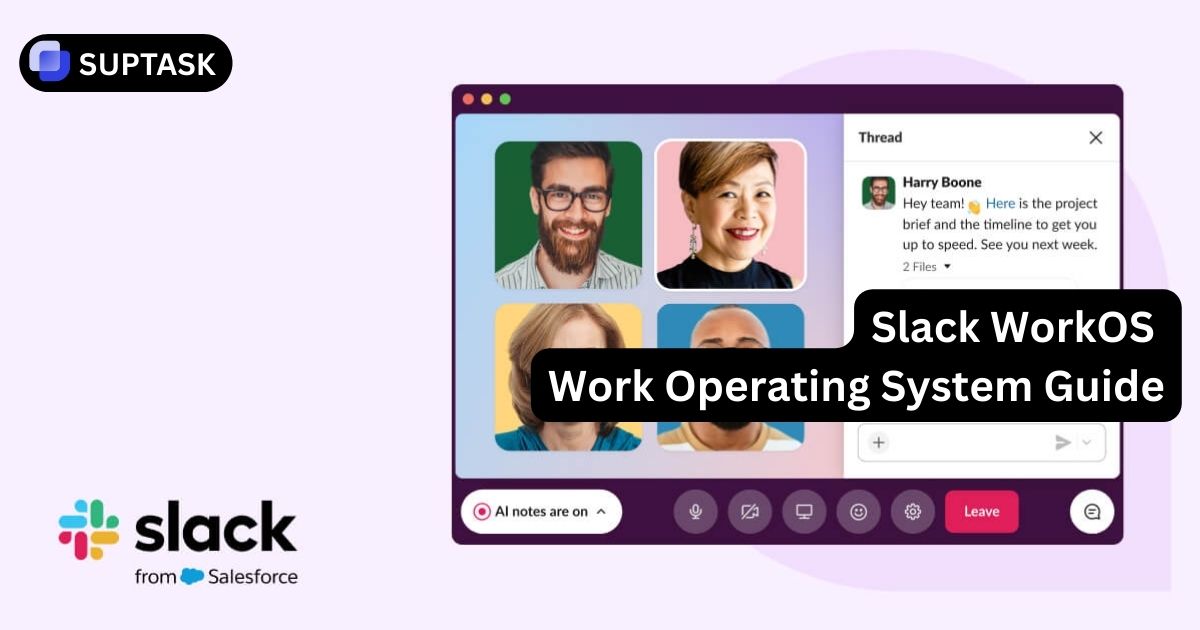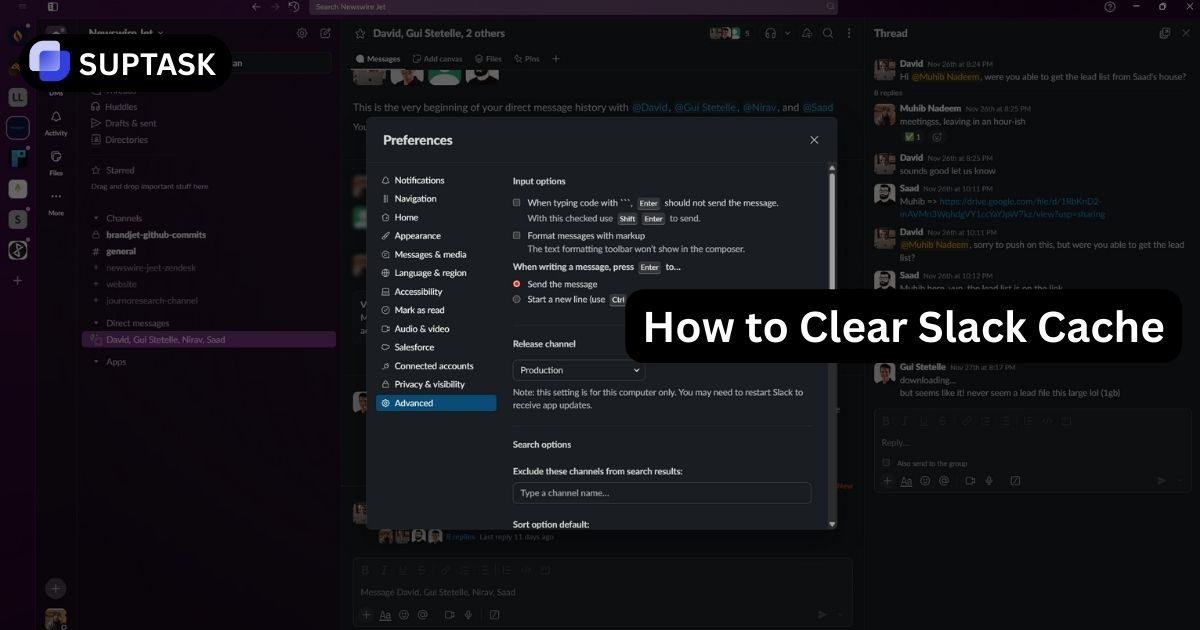Identify and address business pain points, that hinder growth and satisfaction, with strategies for internal processes and customer relations.
This guide offers clear insights and solutions for common obstacles.
Key Takeaways
- Business pain points affect quality, R&D, brand image, and competitiveness; understanding them is crucial for solutions.
- Resolve business pain points by leveraging technology, strategic pricing, and improving internal processes for customer satisfaction.
Decoding Business Pain Points
.webp)
Pain points in business are inconvenient and can have significant implications. Identifying a pain point can affect:
- Product quality
- Hinder research and development efforts
- Tarnish brand image
- Influence competitive positioning
Customers can find issues with products or services frustrating. Pain points refer to these problems, they impact business success.
Customers often focus more on negative experiences, and some issues may not be obvious. This is why companies must identify and solve pain points.
Businesses can also have internal problems, like money issues, process inefficiencies, and poor communication between teams.
These internal pain points can hurt the customer experience. But don't worry - we're here to help you understand and address these challenges.
Identifying Business Pain Points
Understanding the specific customer issues may seem complicated, but there is a process to know how to identify customer pain points.
Talking directly to customers and looking at feedback from surveys or past interactions is essential to find pain points.
This involves truly understanding each customer's unique difficulties to provide solutions that satisfy their needs.
Talking with staff who help clients and looking at business problems can show many customer pain points. These views let companies understand deeper reasons for why customers are unhappy.
Types of Business Pain Points
Businesses face money problems like not making enough from sales, low profits, and unclear money choices. These issues make it hard to keep customers loyal and need quick fixes.
Businesses also deal with other issues:
- Job roadblocks like hiring issues, understaffed customer service, uneven employee work
- Messy internal systems leading to inefficient processes
- Customer problems like frequent pain points, poor helpdesk support, hard to reach sales reps or long waits for tech help
Each type creates hurdles that must be solved to improve customer relations and experiences with the business.
Understanding Customer Struggles
.webp)
Knowing how customers feel is crucial in helping them. They face problems in their work or personal life. These issues make their customer experience difficult.
Many customers may not even know they have these problems. So, companies must identify and define these challenges for them.
If businesses ignore these critical issues, it can lead to poor experiences, which can affect customer decisions and future purchases.
Companies must show empathy and help solve customer pain points, which builds a positive relationship.
However, 78% of customers feel brands don't understand their needs—a significant obstacle but an opportunity for those willing to appreciate their customers' professional lives deeply.
Using Customer Feedback
After finding customer issues, businesses should use that feedback. It is vital to understand how to collect customer feedback effectively. Some ways to do that:
- Create a culture where feedback is valued in your company.
- Have a central page where customers can easily give feedback.
- Use surveys, focus groups, and interviews to gather more insights.
- Do qualitative market research to deeply understand customer pain points.
- Ask open-ended questions in customer surveys to let them share problems.
Using these ways, businesses can better get and fix customer issues.
Businesses can also use customer feedback by:
- Looking at social media and online reviews for common complaints
- Using this to find areas that need better work
- Fixing customer problems through talking and working with them
Having a way to get feedback and work with customers is an ongoing process to fix problems.
This constant work and improvement makes sure businesses meet customers' needs and wants.
Empowering Solutions Through Technology
.webp)
Technology helps fix problems for customers. New tech like the Internet of Things (IoT) and AI can make complex jobs more manageable.
This leads to better service and more work done. Looking at systems with tech gives facts to find issues: tech like language programs, usability tests, and trial runs during product-making help improve customer experiences.
With the right digital tools, companies know how to market to different groups. Using tech helps understand and fix business issues, mainly ones about satisfied customers. With the evolution of customer support technology, an email ticketing system can significantly improve communication and responsiveness. Suptask’s email ticketing system simplifies this process by integrating emails directly into your workflow.
Suptask: Streamlining Efficiency with Advanced Ticketing Solutions
In today's tech-driven market, efficiency is paramount. Suptask offers an all-in-one software solution to optimize workflow and enhance productivity.
By centralizing ticket management within Slack, Suptask automates and simplifies task handling, providing a seamless experience for both internal teams and clients.
Suptask allows users to:
- Receive and manage tickets within a single Slack channel
- Create tickets directly from Direct Messages (DMs)
- Handle tickets from anywhere within Slack
- Maintain privacy with private ticket options
- Collaborate effectively among agents to resolve tickets
- Get a comprehensive overview of tickets in Slack
- Customize ticket forms and fields to fit specific needs
- Access dashboard analytics with KPI metrics for better insights
- Receive detailed email reports
- Utilize co-admin functionalities for better management
Moreover, Suptask integrates smoothly with popular tools like GitLab, GitHub, JIRA, and Zendesk, and supports intelligent and interactive Service Level Agreements (SLAs), approvals, and followers. The ability to receive emails outside Slack via email further enhances its functionality.
By standardizing processes across the business, Suptask reduces errors and ensures a smooth workflow, whether managing stock or client communication.
Embracing Suptask simplifies internal operations and elevates customer service to a brighter, more efficient level. Suptask’s internal help desk ticketing system centralizes communication, allowing teams to efficiently manage and resolve internal issues. By integrating an internal IT ticketing system, your organization can streamline processes and enhance team collaboration.
Turn Problems into Progress
Tackling customer issues involves:
- Resolving customer problems quickly
- Using difficulties to drive growth
- Developing a problem-solving mindset
- Pinpointing key issues needing action
- Planning strategies to address problems
- Refining plans based on customer feedback
- Building relationships and partnerships that can give support and open new doors
Planning well is critical to handling problems while also using challenges to grow. By adopting a free ticketing system like Suptask’s, companies can begin tackling customer service challenges more efficiently, streamlining their problem-solving process.
To stay ahead, a business must keep learning and be flexible. They need to follow industry changes and utilize the best incident management systems.
By having a mindset of constant improvement and adapting, companies can meet customer needs better. This helps them not only respond well but also turn struggles into opportunities.
Case Studies of Successful Overhauls
Real examples show how finding and fixing customer issues can lead to significant changes. Apple's iPod solved digital music problems, changing the music business.
Airbnb took advantage of economic troubles to recreate housing services. So Apple's iPod became a major portable music device, and Airbnb is now famous for alternate accommodation worldwide.
These true stories highlight how crucial it is for businesses to identify and tackle customer pain points.
They prove obstacles can become strategic advantages—inspiring and teaching companies aiming to improve customer experience and grow.
Keep Getting Better for Your Clients
Finding and fixing issues for clients is an ongoing process. It doesn't end with just spotting problems and applying solutions.
You need to create a work environment that values new ideas, being flexible, and always learning. This helps your team to keep improving how they solve client problems.
To keep enhancing how you manage client issues, try this approach:
- Do deep research to understand what clients need fully.
- Use insights from research to help clients achieve their goals.
- Build a culture of continuous improvement in your team. This keeps you tuned to clients' changing needs and expectations. Following these practices helps businesses stay ahead by effectively addressing client problems.
FAQ
What are customer pain points?
Issues customers face with a service, product, or company affecting quality and reputation.
How can businesses identify customer pain points?
Engage with customers, evaluate feedback, and gather employee insights to identify issues.
How can technology help address customer pain points?
Technology improves service and operations, providing critical data for better customer experience.
What role does pricing play in addressing customer pain points?
Transparent, fair pricing builds customer trust and loyalty, attracting and retaining customers.
How can businesses transform challenges into opportunities?
Solve problems strategically, foster constant learning, and innovate to overcome difficulties.













